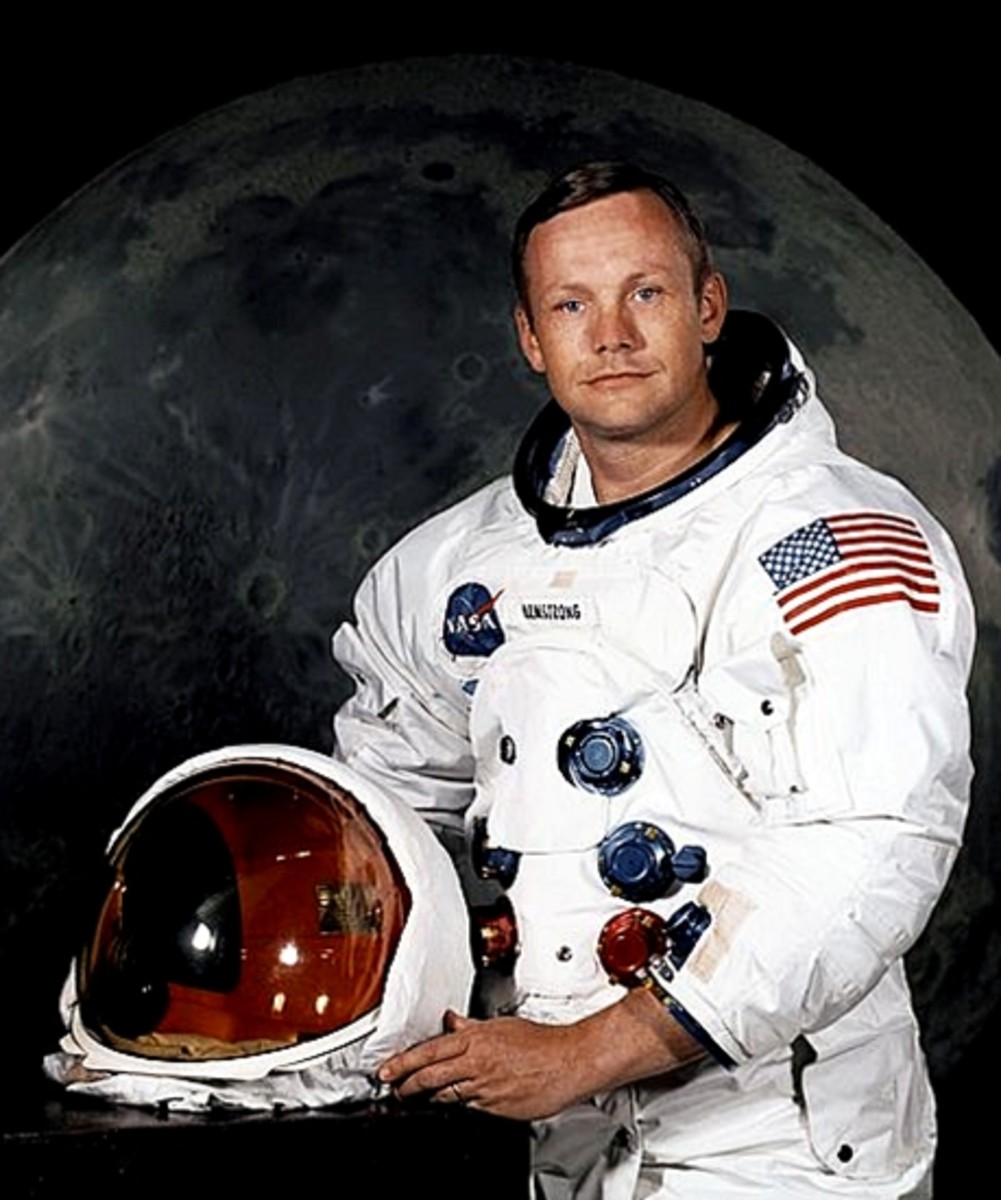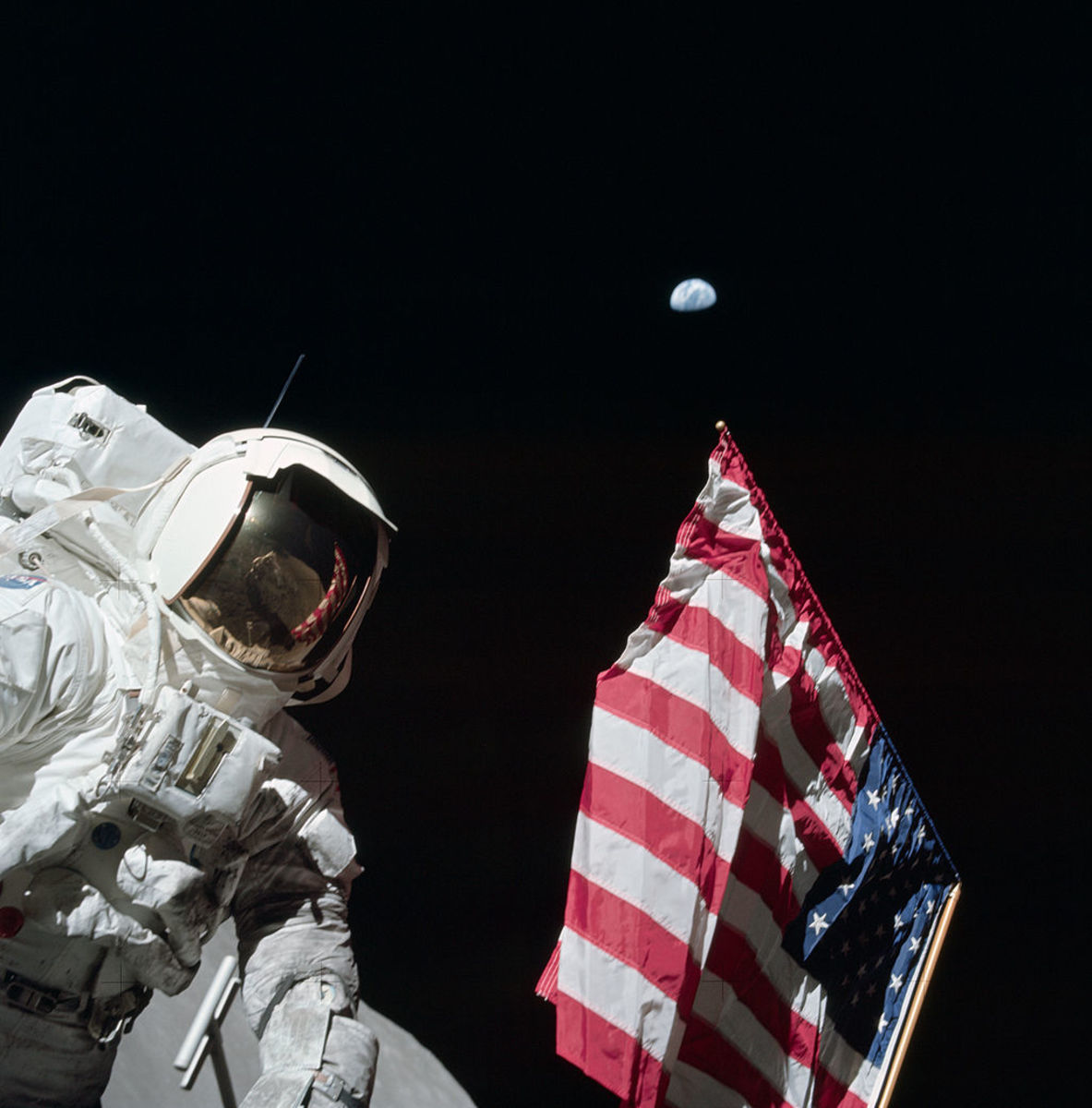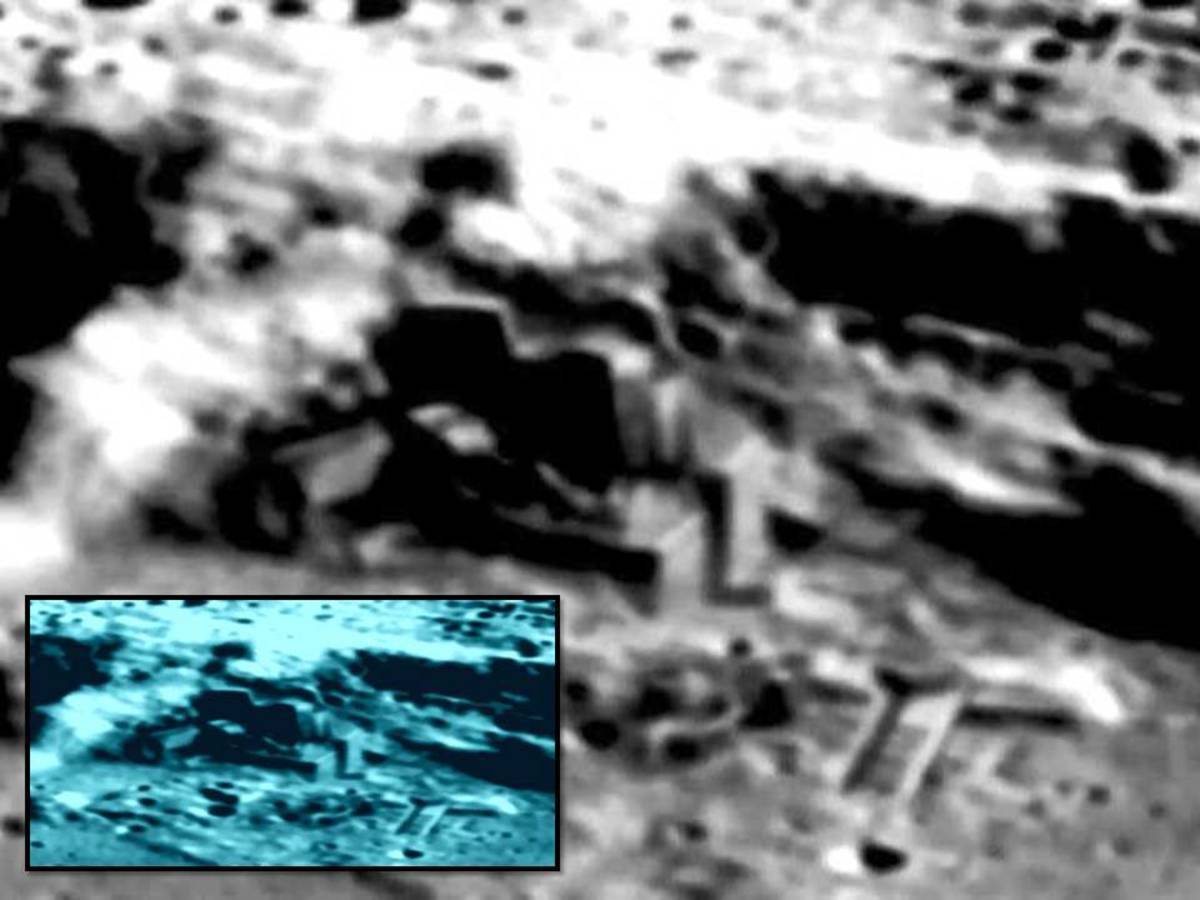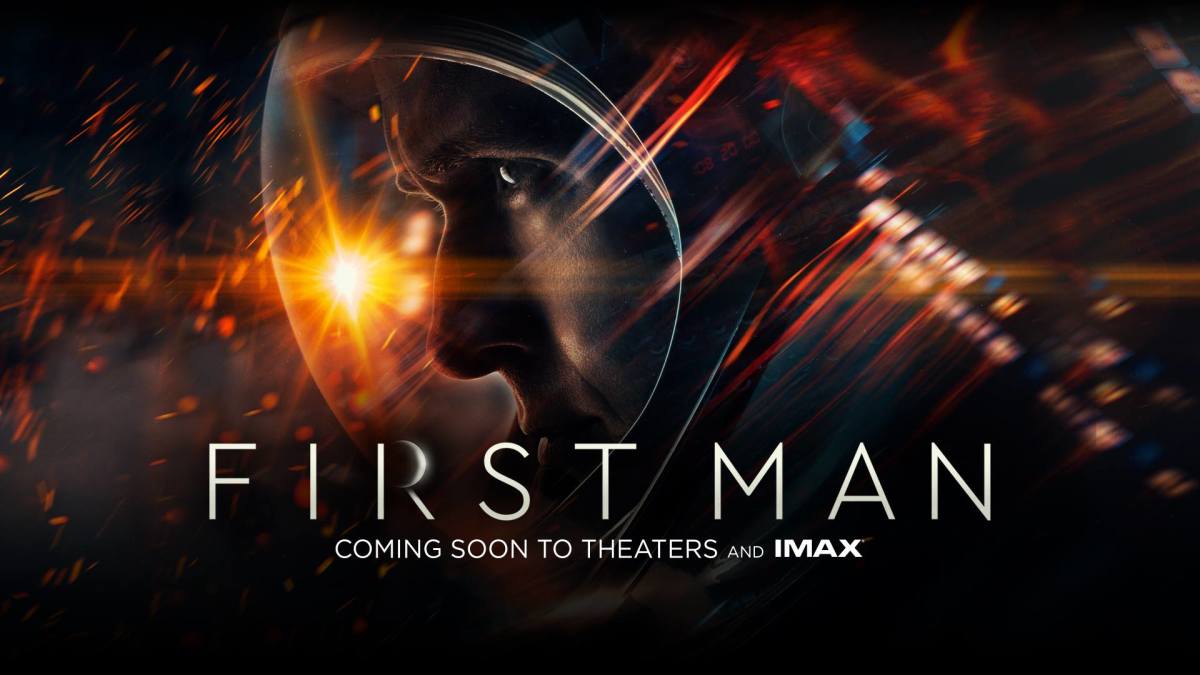Were the Moon Landings Faked?
Empires of Unease: Conspiracies, Countercultures, Counterfeit Realities....
Did Neil Armstrong really walk on the Moon? Or was the whole thing an elaborate hoax to distract the public from the Vietnam War?
On July 20th 1969 Neil Armstrong, being one of three men on the Apollo 11 space mission, stepped onto the Moon for the first time, with these famous words:
“That’s one small step for man, one giant leap for mankind.”
An estimated 500 million people back on Earth watched the flickering black and white images on their TV sets, the largest single audience for a live broadcast at that time. After this Neil Armstrong and Buzz Aldrin spent a day on the surface of the Moon before making the epic three day journey back to the Earth.
There were six Moon landings between 1969 and 1972. Altogether 24 American astronauts undertook the flight, twelve of whom walked upon the Moon’s surface.
It was the most extraordinary thing ever achieved by humankind.
At least, that is, according to official history.
There is, however, an alternative theory.
According to this theory, no Moon landings occurred, no men walked on the Moon, no flights ever took place between the Earth and the Moon, and while 500 million people saw something on their TV screens on that day, it was not a Moon landing, but a hoax, a mock-up of the Moon’s surface having been created in a film studio somewhere in the Nevada desert, the “actors”, Neil Armstrong and Buzz Aldrin, being suspended on wires to simulate the low-gravity environment.
Why would they do this, you ask?
That’s easy. In 1960s, in the fevered atmosphere of the Cold War, anything was possible. The government needed something to take the American public’s mind off the hugely unpopular war in Vietnam, at the time still raging, with thousands of American fatalities.
The fake Moon landings would serve as a perfect distraction.
Speculation about the possibility of the Moon landings having been faked began in 1974, only two years after the final mission, with a self-published book called We Never Went to the Moon: America's Thirty Billion Dollar Swindle by Bill Kaysing. This was the first of a series of books which began to make the claim.
The books come from a variety of different angles and are usually very technical. Bill Kaysing’s book, for example, concentrates on the reliability of the rockets. Other books look at anomalies in the photographs and the images, or on varieties of technical data about the feasibility of the trip.
There was also a Hollywood movie, Capricorn One (1978) which used the theme for its plot. Some say it was the popularity of the film which gave credence to the conspiracy theory.
One man, Bart Sibrel, a freelance investigative journalist and film maker, has made it his life’s work hounding the ex-astronauts trying to get them to swear on the bible that they actually visited the Moon. He was once punched in the face by Buzz Aldrin for his efforts, who claimed provocation and was later let off by the courts.
You will find all of the arguments, both pro and anti, on the internet these days.
One famous bit of film shows one of the astronauts setting up the American flag, and the flag appearing to flutter in the breeze. This is, of course, impossible, as there is no atmosphere on the Moon, so no breeze. However, if you look closely you will see that the astronaut is moving the flag around by hand attempting to lodge it in the Moon’s soil, which is why it is flapping about. It’s not the breeze, it’s the astronaut’s hand.
Most of the evidence ends up with serious flaws like this.
There’s also another theory, that the Moon landing did take place, but that the film footage was so poor that NASA and the US government decided to fake it. They realised that the future of the programme depended on creating a “show” that the human race would believe in.
This is more plausible perhaps, but contains all of the same flaws of logic, the same scientific improbabilities.
But I personally think the best evidence for the Moon landings not being fake come from the astronauts themselves. There’s something about those men – an indefinable look, like star-dust in their eyes – which makes me convinced that they did go to the Moon. You can fake a Moon landing, perhaps, but you can’t fake the look of wonder in a man’s eye.
More about the Moon
- The Romance of Space
In my imagination there's a part of me out there wandering in the infinite desolation of space with these machines. They are remote control vehicles for the strange miracle we call life from this oasis, the Earth...

© 2009 Christopher James Stone







